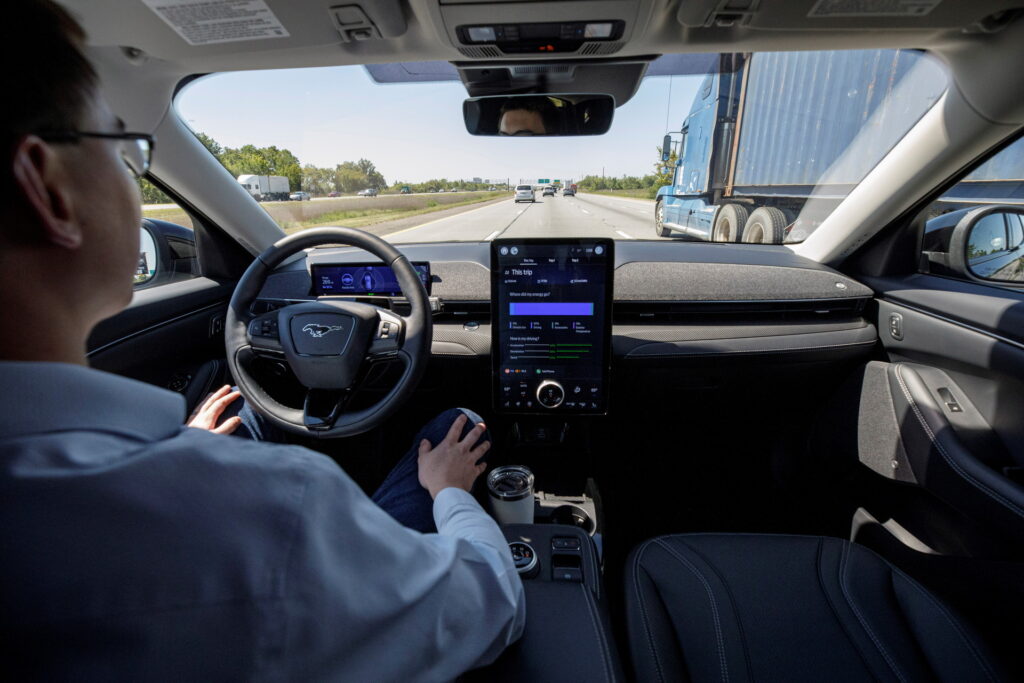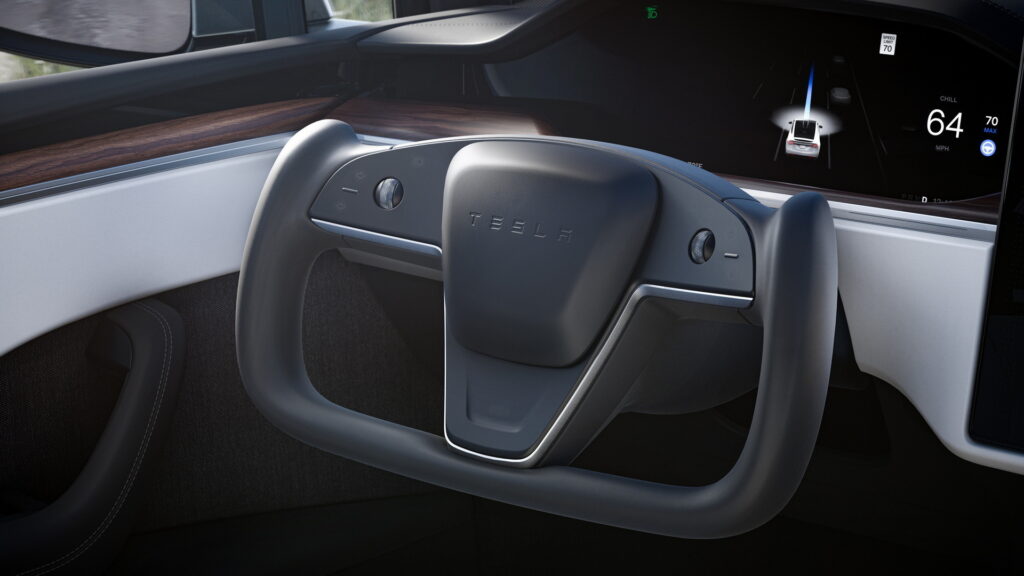Tesla, once a leader in the field of advanced driver assistance systems that allow a vehicle to take some driving tasks, has fallen behind its rivals in a new test conducted by Consumer Reports. The new leader in the field, according to the organization, is Ford.
Consumer Reports looked at 12 advanced driver assistance systems, evaluating them in five categories: capability and performance, keeping the driver engaged, ease of use, unresponsive driver, and how clear it is when the system is safe to use.
In order of how well they performed, the test featured Ford‘s BlueCruise, GM’s Super Cruise, Mercedes-Benz’s Driver Assistance, BMW‘s Driving Assistance Professional, Toyota’s Safety Sense 3.0 (and its Lexus equivalent), Volkswagen’s Travel Assist (and its Audi equivalent), Tesla’s Autopilot, Rivian’s Highway Assist, Nissan/Infiniti’s ProPilot Assist, Honda’s Sensing (and its Acura equivalent), Volvo/Polestar’s Pilot Assist, and Hyundai/Kia/Genesis’ Highway Driving Assist, which finished last.
Read: Volvo Boss Says Truly Autonomous Cars Are Still A Long Way Off
Ford’s BlueCruise scored nine out of ten in the “capability and performance,” “keeping driver engaged,” and “clear when safe to use” categories, while earning sixes in the “ease of use” and “unresponsive driver” tests. GM’s Super Cruise struggled in the “ease of use” category, scoring just a four, and was only able to beat Ford’s system in the “unresponsive driver” test.
The American manufacturers were the only ones that performed well in the “clear when safe to use” category, though, with no other brand scoring above a four. Tesla, for example, scored just three in the category, a rating that was fairly representative of its overall performance.
Autopilot received middling and poor scores in all categories except for “capabilities and performance,” in which it got a nine. Although it might be tempting to consider that category the most important one, Consumer Reports points out that the more capable a system is, the more potential there is to get a driver in trouble.
The organization found, for example, that Tesla’s adaptive cruise control function could stop at a red light and start again after an unlimited amount of time. Though impressive, it complained that the vehicle didn’t do enough to ensure that the driver was still paying attention, potentially leading to a dangerous situation.
“Automakers also need to realize that the more capable they develop a system in terms of driver assistance, the greater the chances are that the driver might tune out and try to leave the driving to the car,” said Kelly Funkhouser, Consumer Report’s manager of vehicle technology. “That’s why camera-based, direct driver monitoring is so critical, and should be an essential tool of any good active driving assistance system going forward.”
Tesla was by no means the only automaker that failed to ensure that drivers were paying attention, though. That’s why it’s important to remind buyers that there are no self-driving cars for sale today and that, at best, these systems make driving a collaborative process always leaving them with responsibilities behind the wheel.





